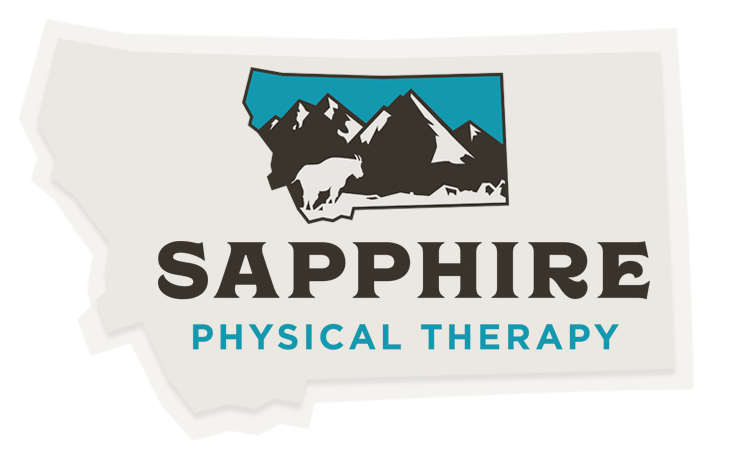Rehabilitation after ACL Reconstruction
Optimizing rehab following ACL reconstruction (ACLR) is essential for a successful return to sport and recreational activities. Unfortunately, quad strength deficits and gait impairments can linger >6 months to 3 years after surgery.(1,2) It is our job as physical therapists to guide the individual through a quality rehab process and have the correct tools to objectively measure progress.
For successful rehab, a patient must demonstrate normal knee range of motion, good quad activation, strength, and power, and good knee joint loading response during return to sport testing. The patient must also have the confidence to successfully return to their desired sport.
Quad strength deficits are all too common even at 9 months post-ACLR and lead to poor outcomes, increased risk of injury, and inability to return to sport.(2) Of 62 patients tested at 6 and 9 months post-ACLR, only 8% passed strength test criteria at 6 months and only 21% passed at 9 months.(3) Strengthening through both open and closed chain activities and with heavier resistance training later in the rehab process are necessary to achieving strength goals. Handheld dynamometry can be easily used in the clinic to help more accurately assess strength and quantify asymmetries. At Sapphire Physical Therapy, we use this tool to assess quads, hamstrings and gluteal muscles to make sure our patients are achieving their goals and keep them informed during the process.
In order to return to sport, it is recommended that quad strength of the operative leg be >85% of the non-operative limb. But, strength alone does not predict a successful return to sport. Achieving good power and stability through plyometric, agility, and proprioceptive retraining exercises helps to restore full functionality and allow the individual to return to the activities they love with confidence and ease.(2)
Demonstrating good landing mechanics through plyometric training and return to run programs can be better assessed using video analysis. Often patients post-ACLR begin running between 3-4 months, yet gait impairments often linger well beyond 6 months.(2) When patients begin running, early assessment of running mechanics is important in order to avoid developing poor movement patterns including stiff landing and poor knee joint loading response throughout the gait cycle. In the clinic, we use a 2D video gait analysis system, which allows us to pick up on subtle gait abnormalities and limb loading asymmetries. This allows us to capture the individual running and then slow it down to assess how well the knee is bending and accepting weight through the gait cycle. We can then use this system to assist in gait retraining to normalize walking and running mechanics and reduce future risk of injury.
Returning to the activities we love after surgery and injury can be challenging. It is helpful to quantify progress and visibly see goals met. Having access to more specific testing tools and working on strength, stability, load acceptance and power throughout the process is key to working towards a successful outcome. The physical therapists at Sapphire are athletes themselves and understand what it takes to get back to the activities we love. Please feel free to contact us with any questions.
Written by Holly Warner, PT, DPT
Hart HF, Culvenor AG, Collins NJ, et al. Knee kinematics and joint moments during gait following anterior cruciate ligament reconstruction: a systematic review and meta-analysis. British Journal of Sports Medicine. 2015;50(10):597-612. doi:10.1136/bjsports-2015-094797
Bien DP, Dubuque TJ. Considerations for late stage ACL rehabilitation and return to sport to limit re-injury risk and maximize athletic performance. The International Journal of Sports Physical Therapy. 2015;10(2):256-271.
Welling W, Benjaminse A, Seil R, Lemmink K, Zaffagnini S, Gokeler A. Low rates of patients meeting return to sport criteria 9 months after anterior cruciate ligament reconstruction: a prospective longitudinal study. Knee Surgery, Sports Traumatology, Arthroscopy. 2018;26(12):3636-3644. doi:10.1007/s00167-018-4916-4
